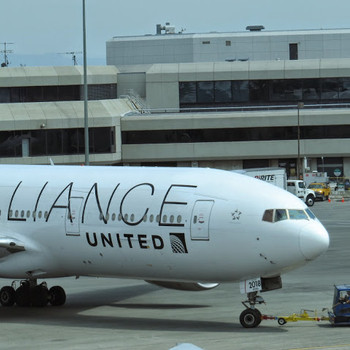Ap Physics C 1995 Question 1?
1 Answer
a) Impulse is the area under a force time graph.
#A = (10 xx 10^-3 + 2 xx 10^-3 xx 2.0 xx 10^3)/2#
#A = 12 Ns#
b) We can't use conservation of energy or conservation of momentum here because we have no information on what happens after the collision.
However we do have the impulse, or the change in momentum, of the ball. Therefore
#Delta P = m Delta v #
#12 = 5Delta v#
#Delta V = 2.4# m/s.
Since the ball started at rest, after the collision, the speed of the ball will be
c) Now we can apply conservation of momentum.
#0.5(26) = 2.4(5) + (0.5)v_f#
#v_f = 2# m/s
Since this quantity is positive the direction will be to the right.
d) The kinetic energy at the beginning was simply
#1/2m_"block"v^2 = 1/2(0.5)(26)^2 = 169# joules
At the end, it was
#1/2m_"block"v_"final"^2 + 1/2m_"ball"v_"final"^2 = 1/2(0.5)(2)^2 + 1/2(5)(2.4)^2 = 15.4# Joules
The difference is the kinetic energy lost. Thus,
e) Recall that
We know that
Hopefully this helps!

